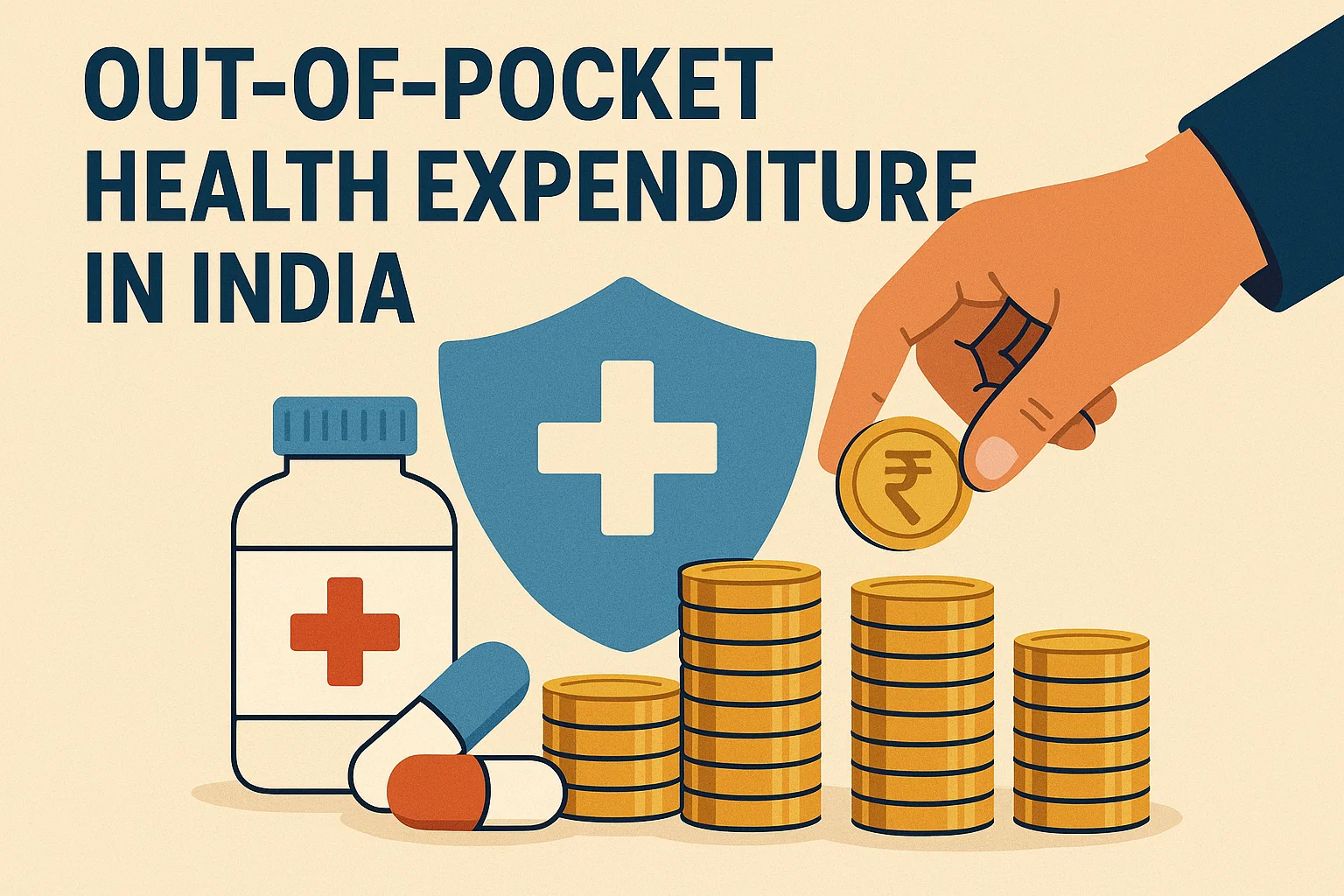Font size:
Print
Expanding Digital Commerce
ONDC to help digital commerce grow fivefold by 2030: McKinsey & Company
Context: A recent McKinsey & Company study has projected that the value of digital commerce in India will rise significantly, reaching an estimated $320-340 billion by 2030.
More on News
This marks a fivefold increase from $60-70 billion in 2022, with the growth largely driven by the Open Network for Digital Commerce (ONDC) — a government-backed platform that connects buyers and sellers online.
Key Projections for Digital Commerce Growth
- Overall Digital Commerce Value: Expected to grow from $60-70 billion in 2022 to $320-340 billion by 2030. The increase is driven by the ONDC platform and growing digital penetration.
- Sector-Specific Growth Projections:
- Fashion and Lifestyle: Projected to rise from $11-13 billion in 2022 to $80-82 billion in 2030.
- Electronics and Durables: Expected to grow three times, from $24-26 billion in 2022 to $70-72 billion in 2030.
- Grocery Sector: Expected to grow 11 times, from $4-5 billion in 2022 to $50-55 billion in 2030.
- These three categories are anticipated to account for 62% of total digital commerce in India by 2030.
- Growth in Services Sectors:
- Food and Beverages: Projected to grow five-six times, reaching $30-32 billion by 2030.
- Entertainment (Gaming, OTT Services, Films, TV): Expected to grow six times, hitting $17-19 billion by 2030.
- Hospitality: Digital consumption is expected to grow 2.5 times between 2022 and 2030.
- Pharmaceuticals: Projected to grow eight to ten times.
- Books and General Merchandise: Expected to grow six to seven times.
Factors Driving Growth
- Digital Economy: The expansion of India’s vibrant digital economy is a key driver for the projected growth across sectors.
- Smartphone Penetration: India’s number of smartphones crossed 1 billion in 2024, significantly boosting digital engagement.
- Internet User Growth: The number of Internet users is expected to surpass 900 million by 2025, expanding the digital market further.
- Global E-Commerce Influence: India’s digitally connected consumers made up 40% of global internet transactions.
- Business Hub Appeal: Between 2021 and 2023, 984 international companies registered to operate in India, compared to 320 in the previous two years.
- Global Capability Centres: India is home to over 1,500 global capability centres, with 250 added in the past three to five years.
- Demographic Advantage: India, with a population of 1.4 billion (surpassing China), presents a massive consumer base for digital commerce.
- Rising Spending Power: The average spending power of Indians increased from $271 in 2012 to $705 in 2023, expanding the potential market for goods and services.
- Pro-Business Government Approach: India’s government has developed a more pro-business stance, along with historically low labour costs, making it an attractive business hub.
- STEM Talent: India is home to one-third of the world’s science, technology, engineering, and mathematics (STEM) graduates, further boosting its appeal as a digital commerce hub.
Challenges and Cautions
- Financial Inequality: Despite the rise in spending power, 95% of consumers in India have financial assets of less than $2,000, making high-end products out of reach for many.
- Long Payoff Periods: Companies in India often face long wait times for payoffs as it takes time to build operations and overcome market challenges.
- Dependence on Government Spending: The study pointed out an over-dependence on government spending, especially in the past five years, which could impact the sustainability of growth.
Open Network for Digital Commerce (ONDC)
-
- A government-backed initiative aimed at democratising e-commerce in India.
- Launched in April 2022, by the Department for Promotion of Industry and Internal Trade (DPIIT) under the Ministry of Commerce.
- It seeks to break the dominance of large e-commerce platforms by enabling interoperability across networks.
- ONDC is incorporated as a non-profit Section 8 company, with founding support from the Quality Council of India and Protean eGov Technologies Limited.
- Key Features:
-
- Open Protocols: ONDC is based on open-source methodology, allowing buyers and sellers from different platforms to transact seamlessly.
- Inclusivity: It empowers small businesses, retailers, and local artisans to access the digital marketplace.
- Decentralised Architecture: Unlike traditional platforms, ONDC does not own or operate e-commerce services but acts as an enabler for interconnectivity.
- Market Expansion: It aims to bridge regional and linguistic gaps, bringing untapped markets into the fold of digital commerce.
- Cost Efficiency: ONDC lowers the cost of customer acquisition and transaction processing for sellers.


